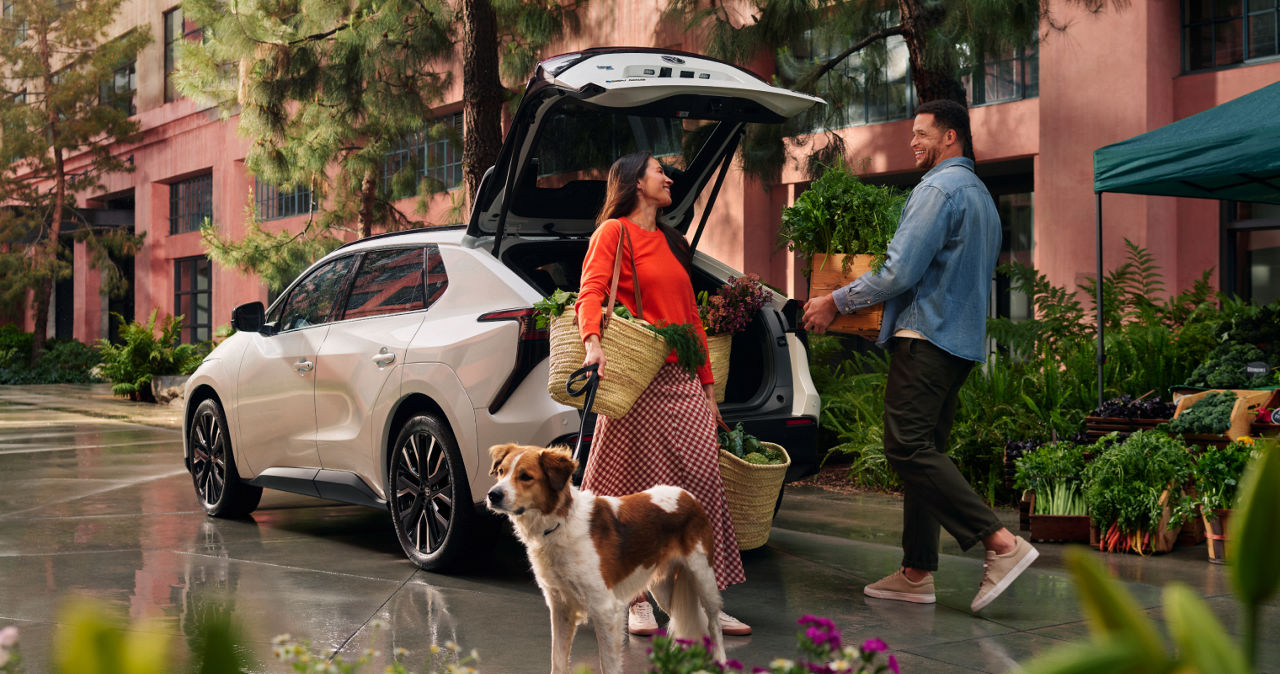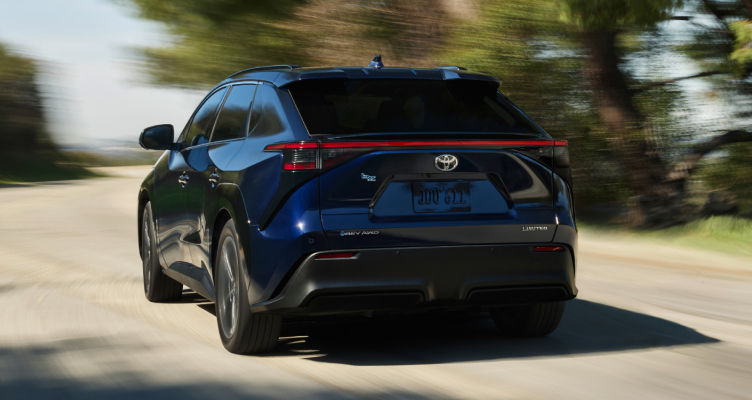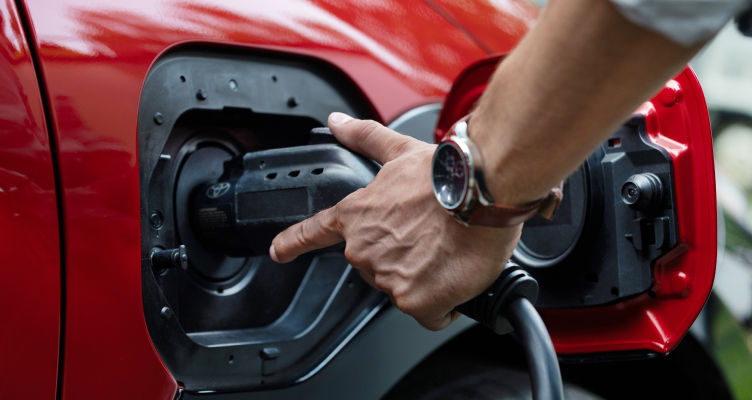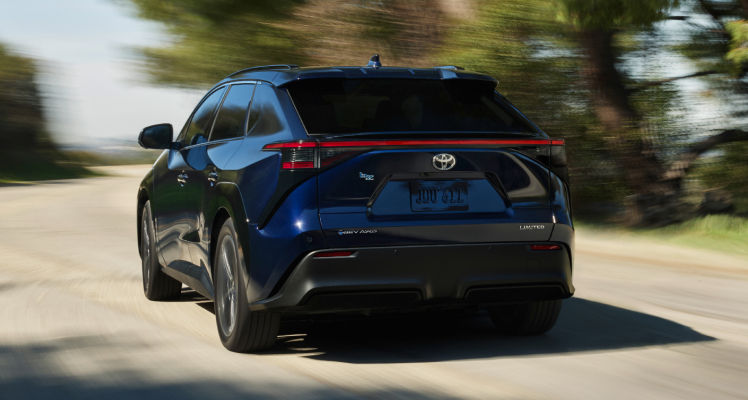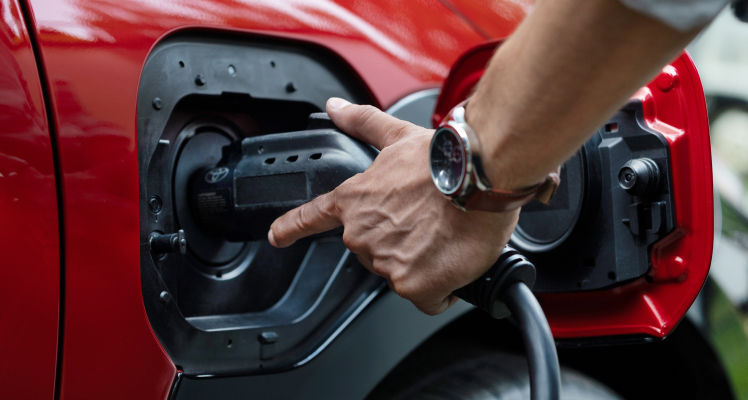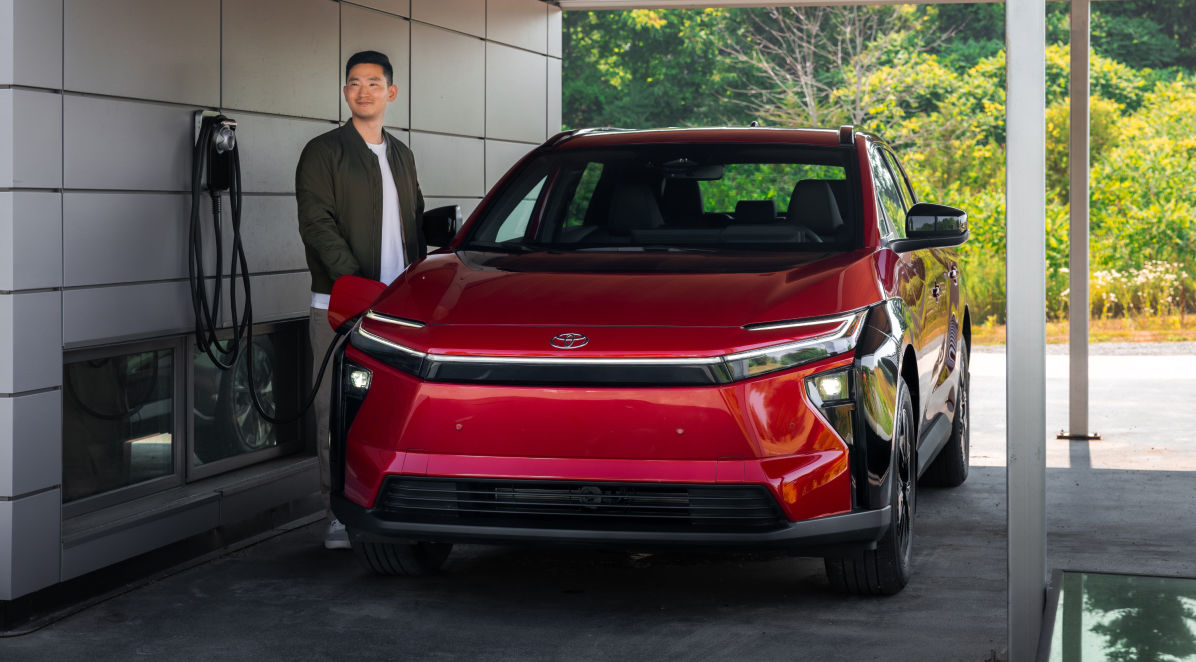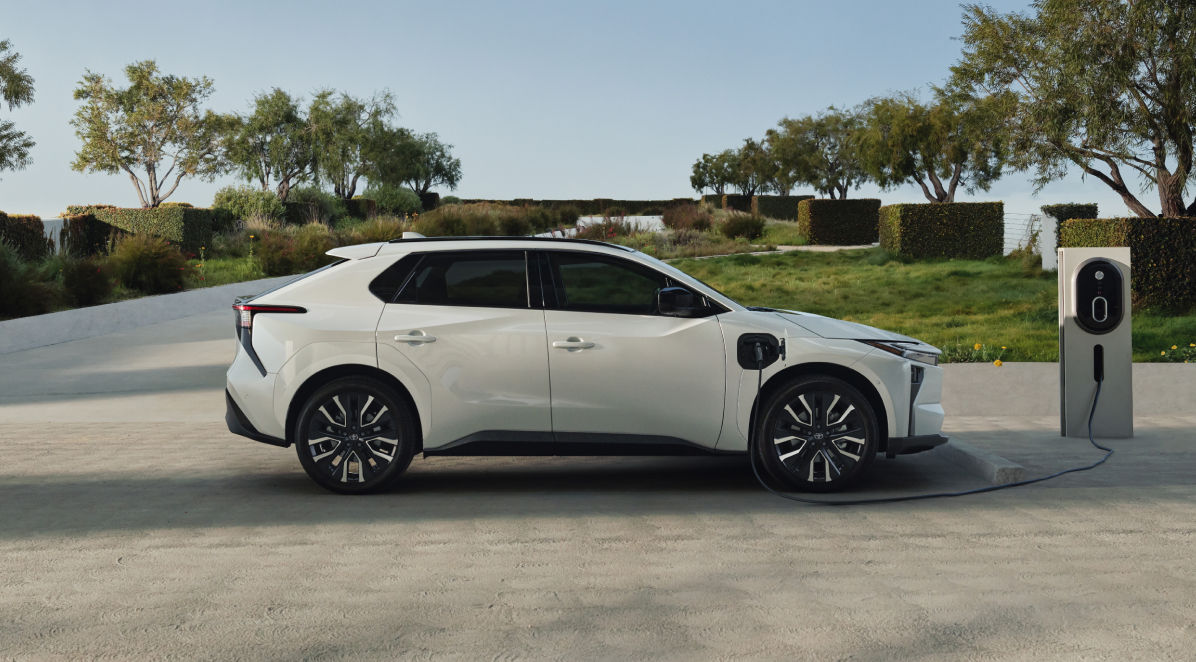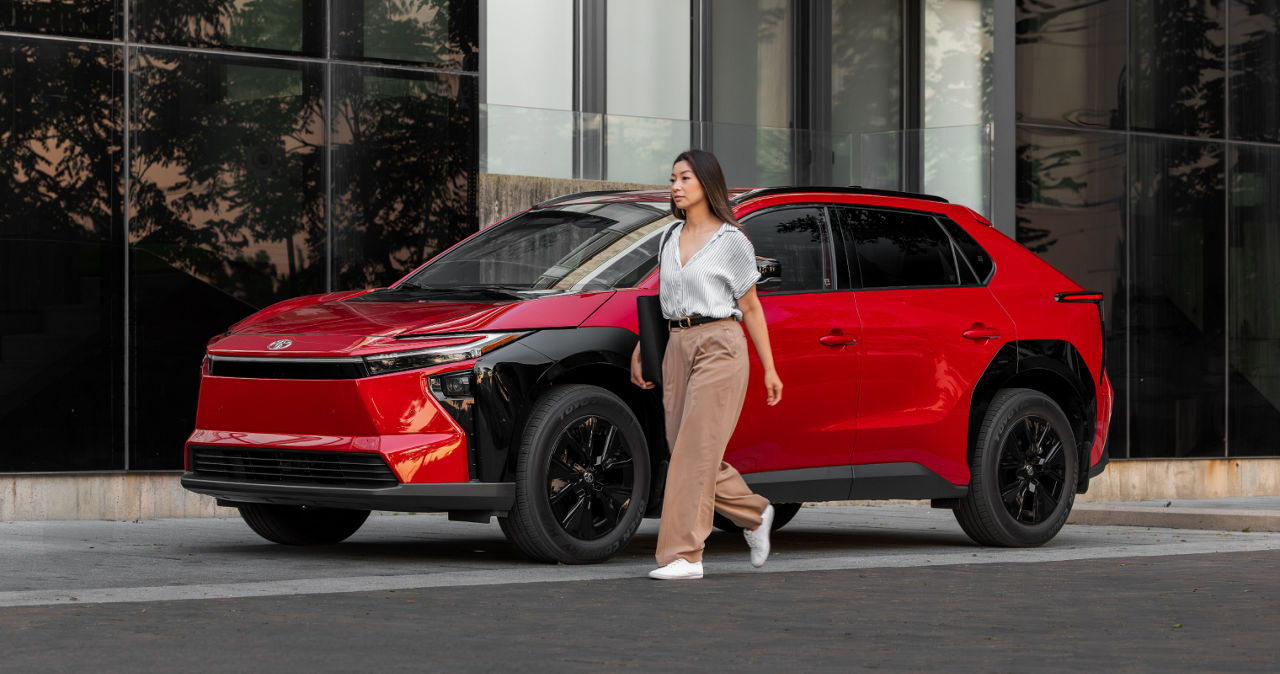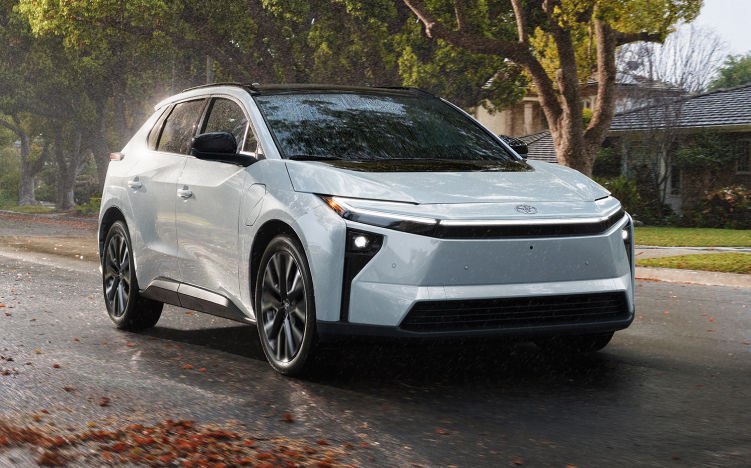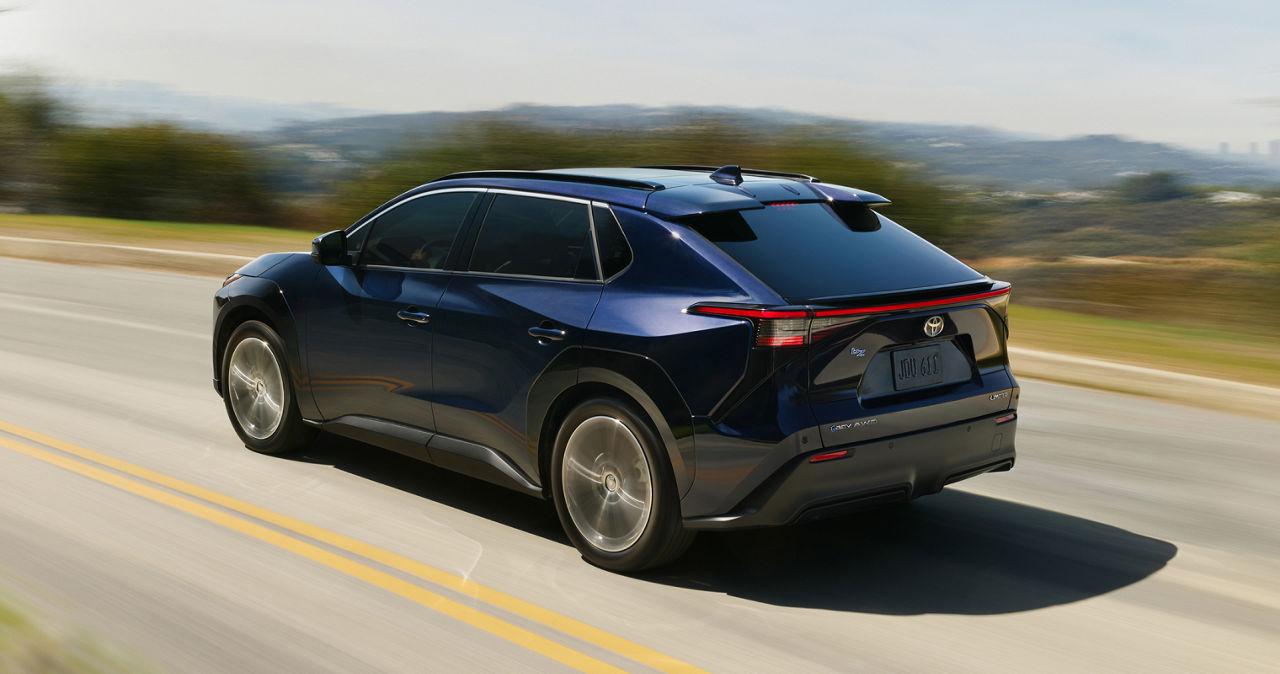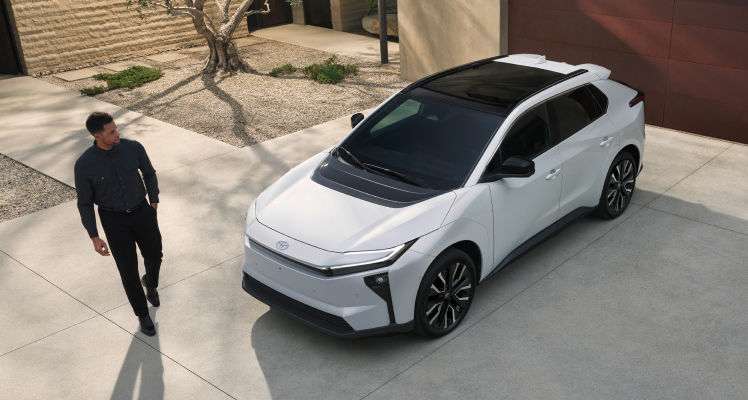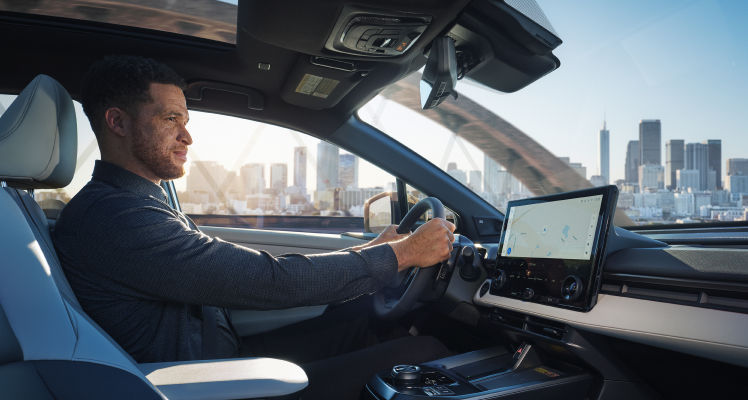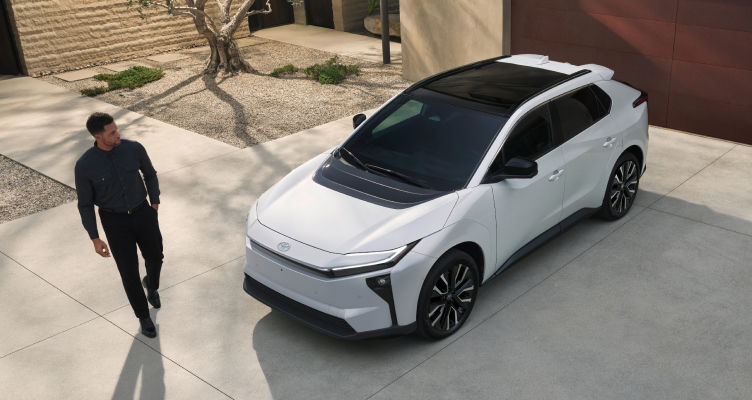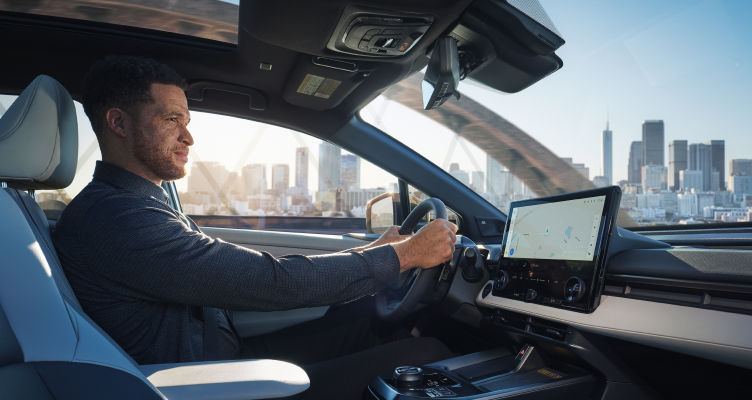1 To reduce risk of fire, injury, or property damage, only (i) purchase/install a safety certified EV charger with voltage/current that is vehicle compatible (ii) use a licensed insured electrical professional to install charger (iii) install and operate in accordance with charger manufacturer’s instructions/warnings and applicable laws.
2 Under ideal conditions (external air temperature of 25 degrees Celsius with 150kW or above Level 3 DC Fast Charger), you can charge from 10 % (Low Battery Light Indicator) to 80% in as quickly as 28 minutes. Charge times are estimates only and can vary significantly based on numerous factors including external air temperatures (colder temperatures or extreme heat), charger type/condition, accessory use, and battery level and condition. DC charging times should be limited to five sessions per day, regardless of external air temperatures). After five 10-80% charge sessions, DC Fast Charging over the next 24 hr period may take longer and be less effective. Public charging experience will vary based on charger type and charger specifications (Level 2 or DC Fast Charger with 150 KW or above) and other factors including vehicle and environmental conditions. Charging times can also vary depending on the actual charging rate realized by the charging station, which can be highly variable and often below the maximum stated rate of charge. This information is intended for comparison purposes only. Toyota does not own or operate public charging stations and is not responsible for their availability or performance. Always plug-in/charge vehicle in accordance with Owner’s Manual. Level 3 DC Fast Charging currently only available at public charging stations.
5 Available for all 2023 and newer Toyota BEVs models. Only on Apple Maps. This is a planning tool, and driver is responsible for maintaining safe driving conditions and must not overly rely on this feature. Requires an active DCM with paid or trial Remote Connect subscription. Services are dependent upon connection to a compatible 4G wireless network provided by a third-party wireless service provider. Toyota is not responsible for cellular network discontinuation and will not provide compensation for reduced service availability. Data charges may apply. Account registration through Toyota App and acceptance of Connected Services Terms of Use at https://www.toyota.ca/connectedservices-termsofuse and Master Data Consent. Data charges may apply. See Toyota App for compatible charging stations. For full details, please see the Owner’s Manual.
† Available on 26MY BEV only. Feature availability may vary by device. All features may not be available in the Toyota App 2.9.10 version launch. Plug & Charge Service requires an active DCM with (paid or trial) Remote Connect subscription (subject to availability of a compatible 4G wireless network and other factors) provided by a third-party wireless service provider. Toyota is not responsible for cellular network discontinuation and will not provide compensation for reduced service availability. Service requires account registration through Toyota App and acceptance of Connected Services Terms of Use at https://www.toyota.ca/connectedservices-termsofuse and Master Data Consent. Data charges may apply. See Toyota App for compatible charging stations. For full details, please see the Owner’s Manual. A DC Charging adaptor may be required (sold separately) for select models.

